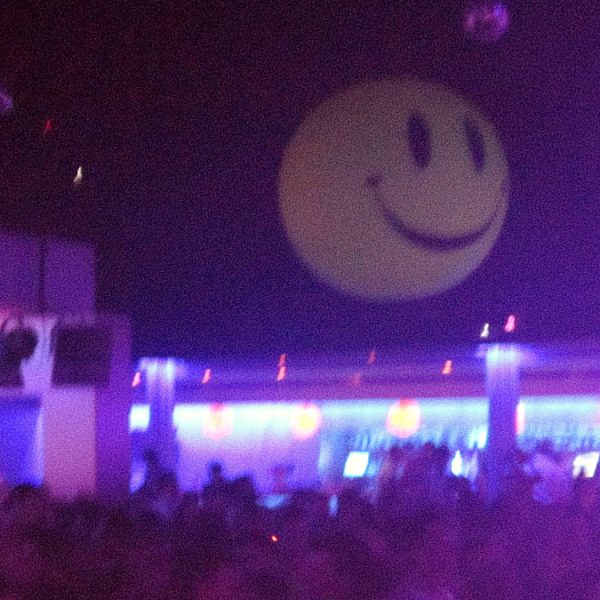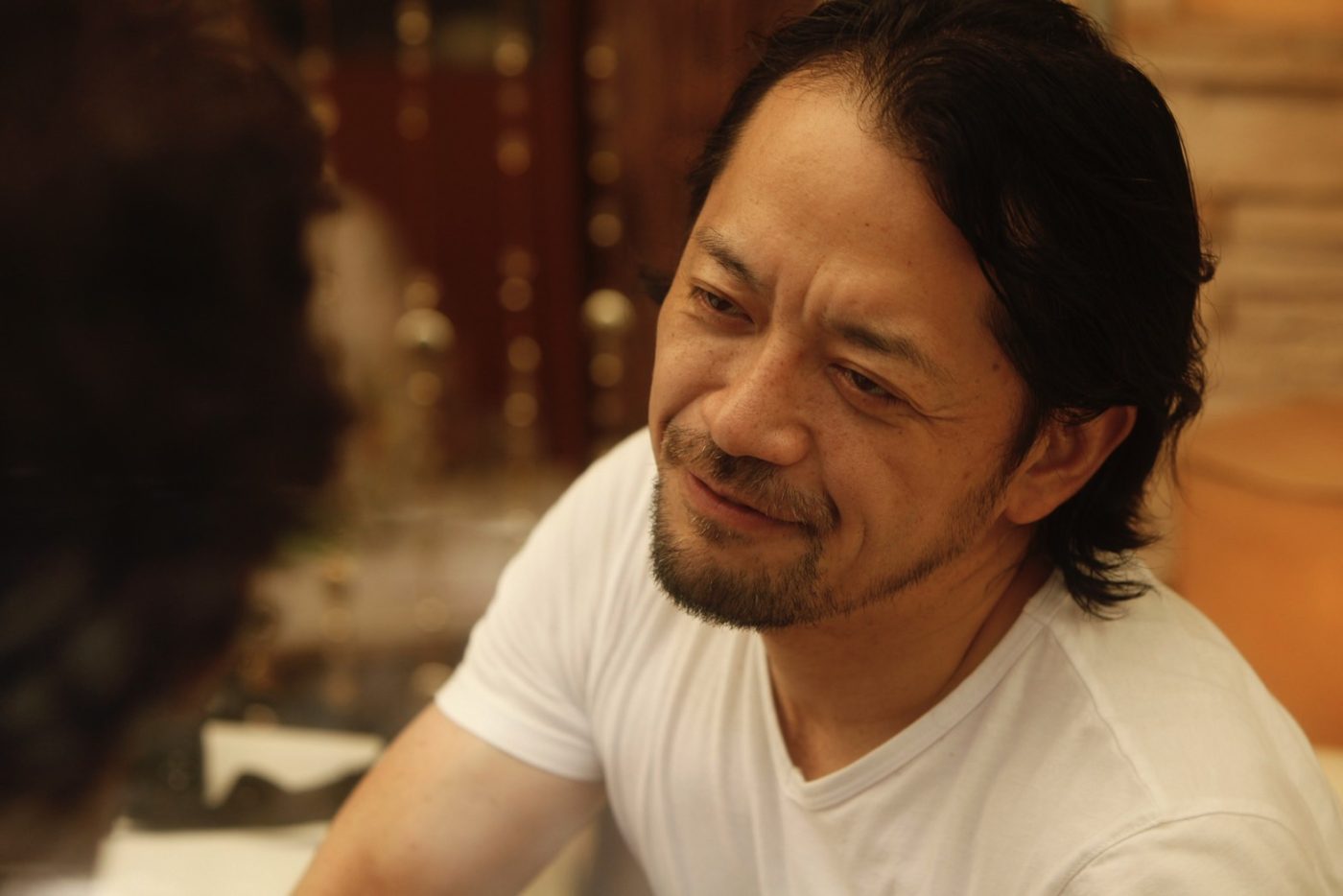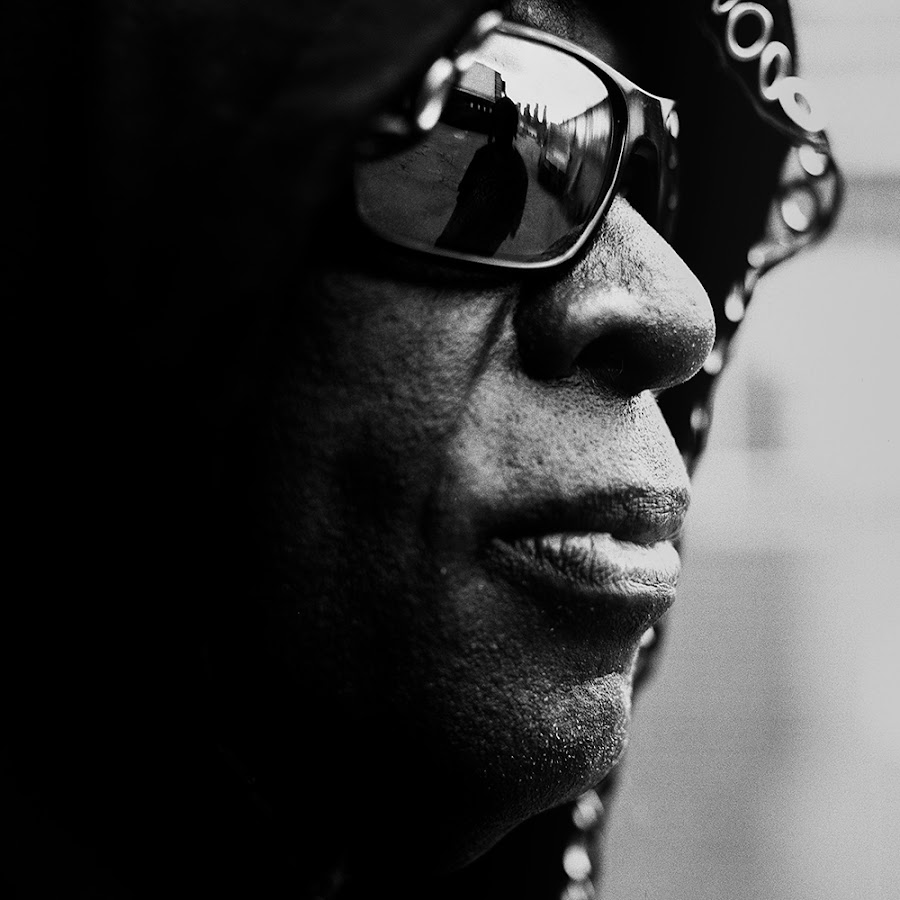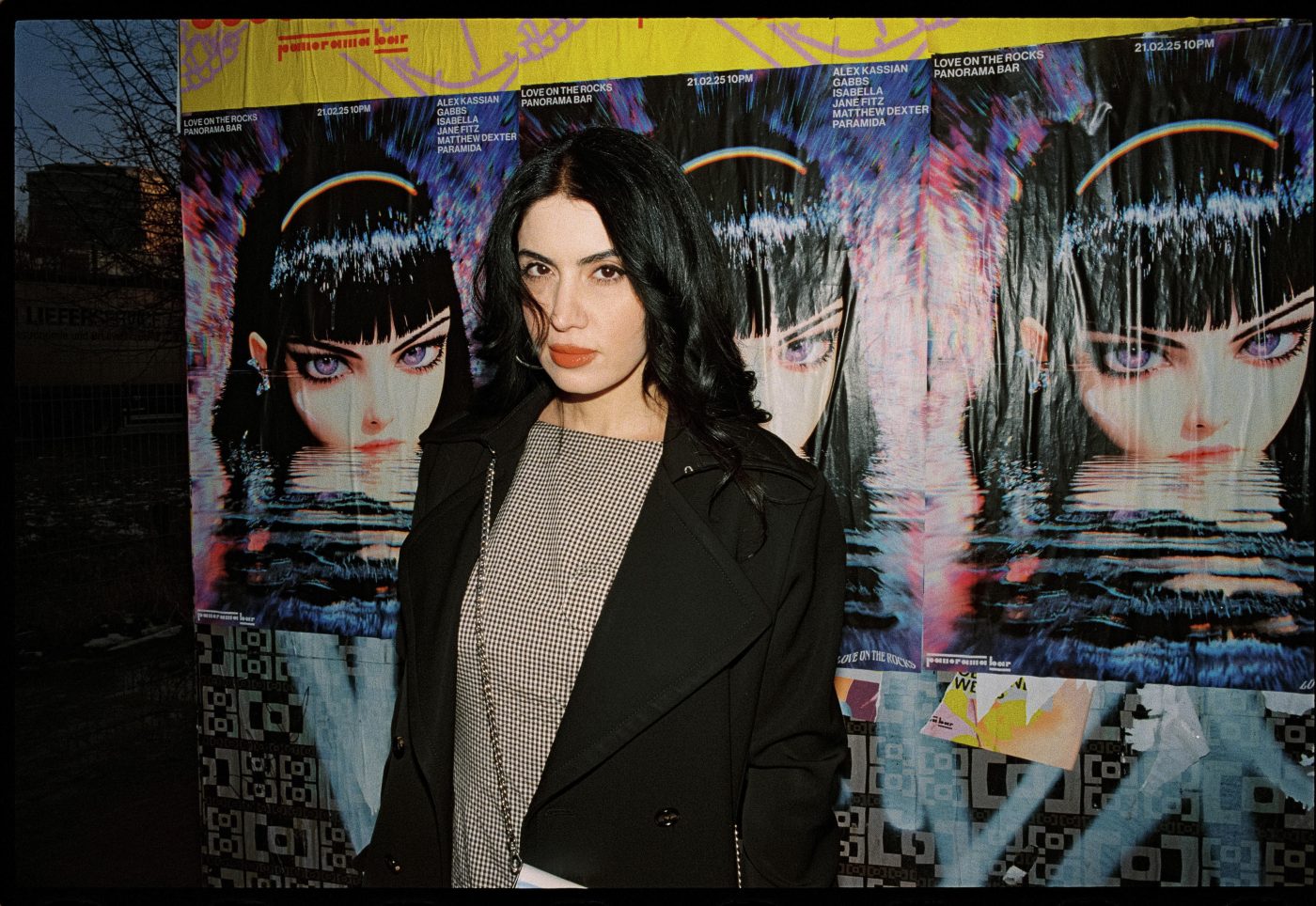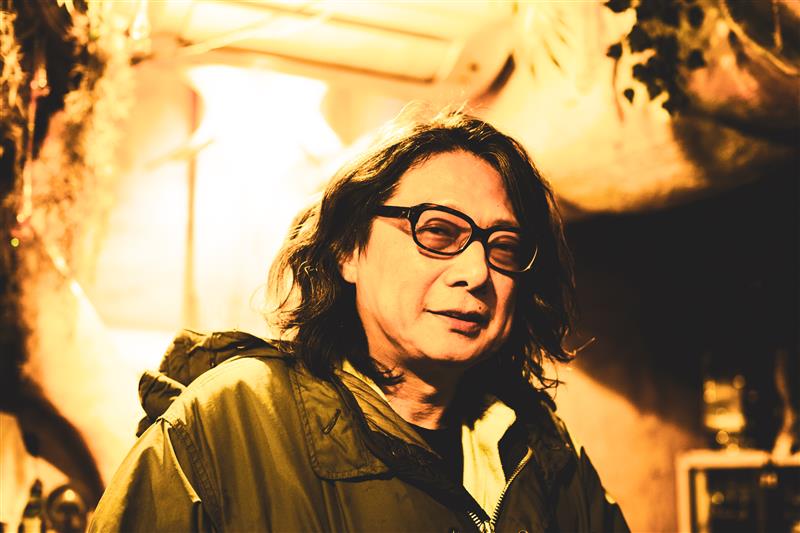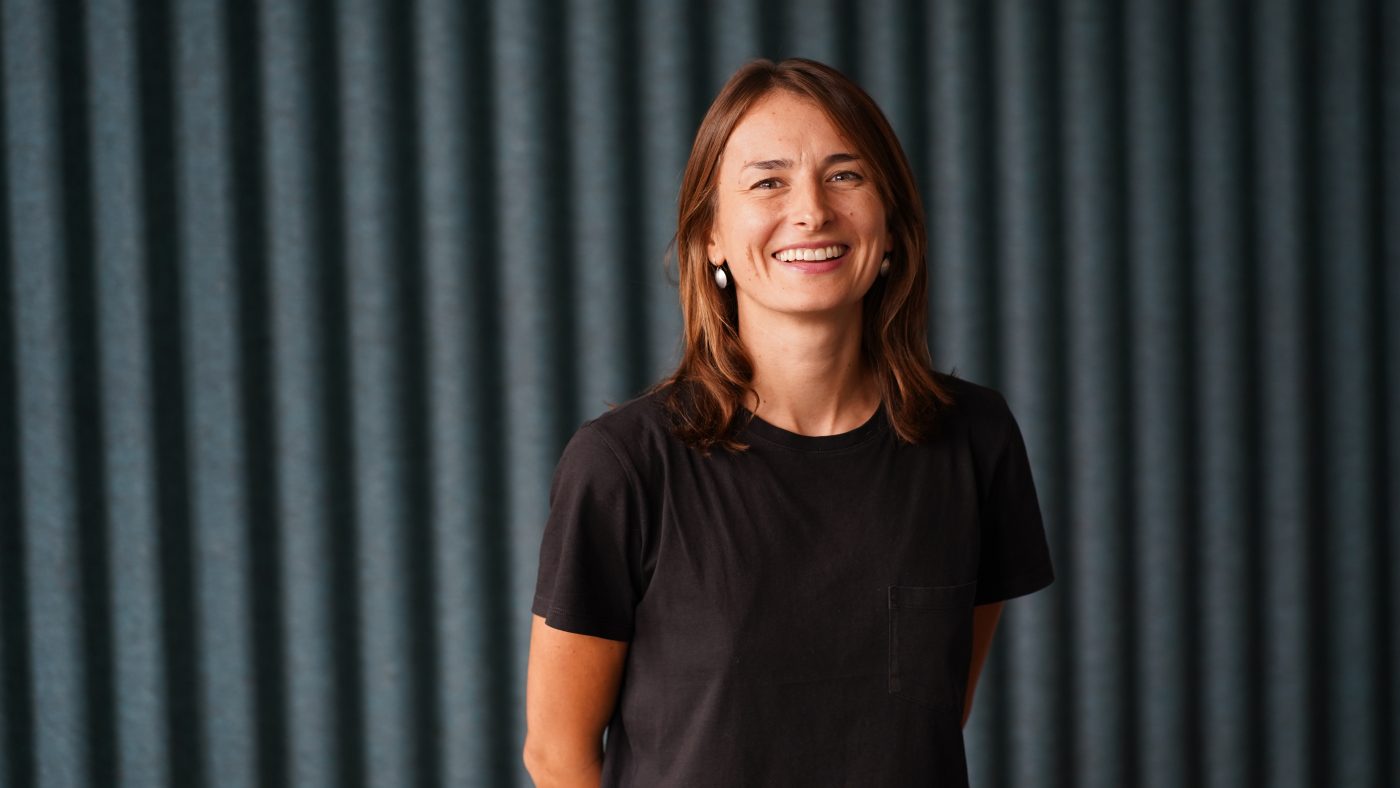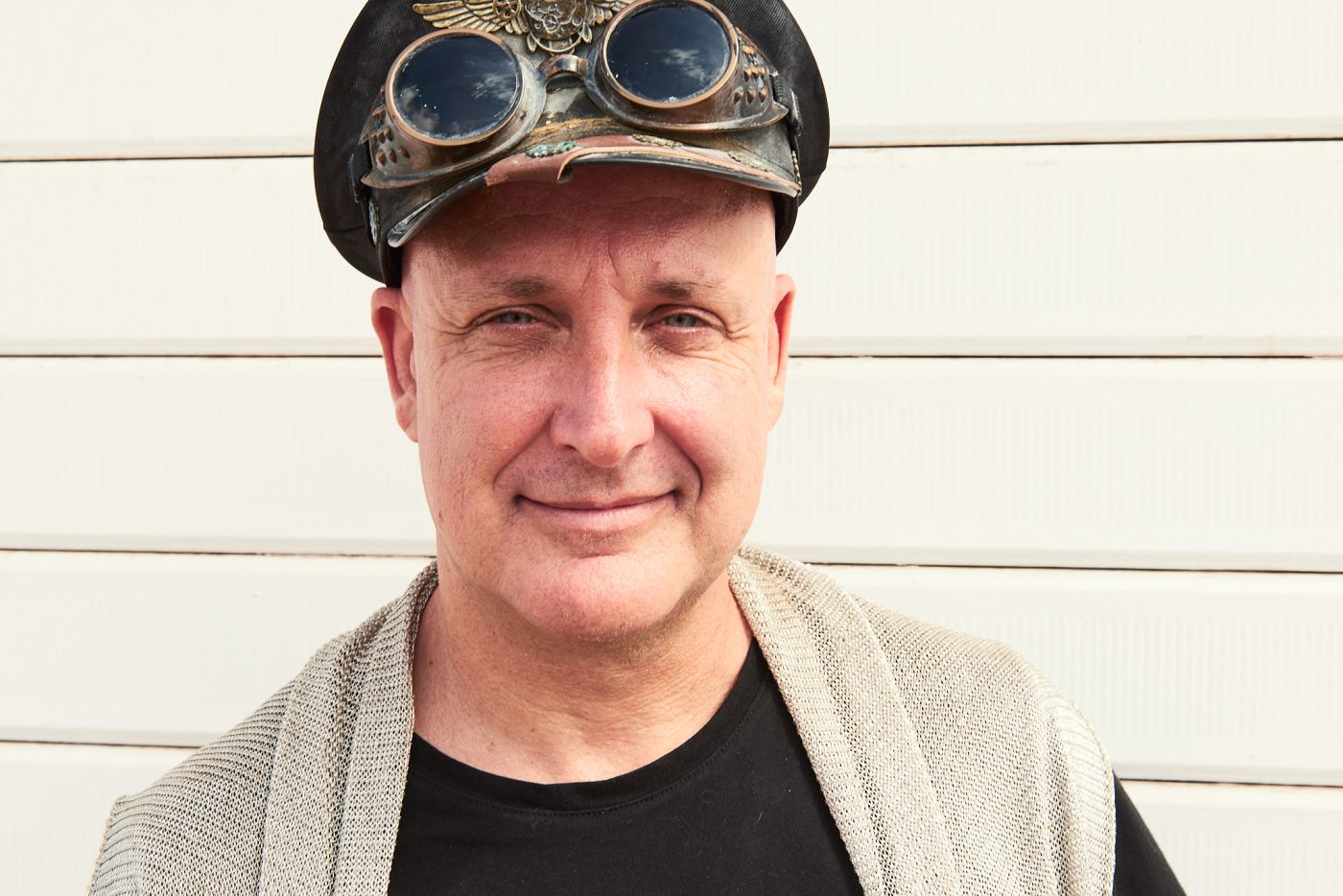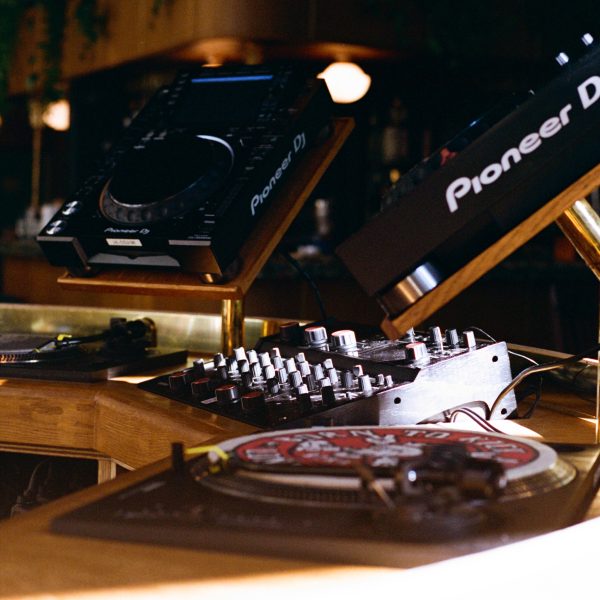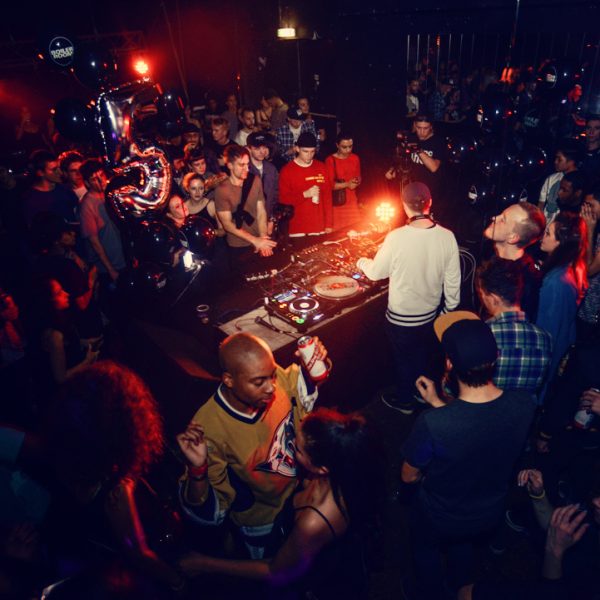I believe that audio technology was fundamentally developed to serve the purpose of accurate sound reproduction and the ability to recreate live environments. It is through this capability that sound has the power to inspire the human brain, spark imagination, and evoke emotion. This, I realized through years of listening to music from a young age, is the essence of cultural and artistic expression through sound.
It is my conviction that helping others understand and experience this essence is crucial for any venue that uses sound as its medium. This is why I am dedicated to providing a space where people can encounter and connect with the true power of sound. First and foremost, I believe that applying any form of arbitrary filter to the cultural and artistic work created by an artist is, in itself, an act that undermines the artist’s worldview and method of expression.
Furthermore, by improving factors such as distortion and signal-to-noise ratio for accurate sound reproduction, we are able to preserve the purity of the sound without muddying it, much like the clarity of the ocean. Each sound can be distinctly presented, allowing its beauty to shine through.
Dancing, in my view, is not just a physical reaction but a mechanism deeply ingrained in human DNA, where the heart dances before the body does. The sound that makes the heart leap, the sound that evokes various imaginations, is the most important aspect. Depending on the philosophy of each venue, there are those who may pursue a distinct identity or accessibility by sacrificing sound fidelity, or by emphasizing certain frequencies. However, I believe such choices lead to a fixed, unchanging worldview that stifles the diverse, dynamic perspectives that sound can offer, ultimately making it dull.
Moreover, I see it as essential to communicate the magnificence and emotional power of sound to those who have fewer opportunities to listen to music in high-quality environments. By doing so, we can convey the concept of good sound and its beauty.
Additionally, to express the inherent strengths of Japanese culture—such as beauty, gentleness, simplicity, precision, speed, and power—through music we must have the right tools. High-quality sound systems capable of accurate sound reproduction are essential for creating dance music that embodies these values, emerging from the DNA of the Japanese people.
Not only at Shinjuku Bridge, all of the venues operated by our company are equipped with soundsystems that pursue accurate sound reproduction and the ability to evoke emotion. For this reason, the soundsystems at our venues are built on the foundation of REY AUDIO.
We created a mixer with REY AUDIO because existing, currently available DJ mixers are unable to fully unleash the capabilities of the REY AUDIO soundsystem. The sound reproduction capabilities that embody “beauty, gentleness, simplicity without excess, precision, speed, and power,” as well as the way the volumes of each channel blend, the curve settings, the thickness of the easy-to-use knobs, and the layout of each volume control.
